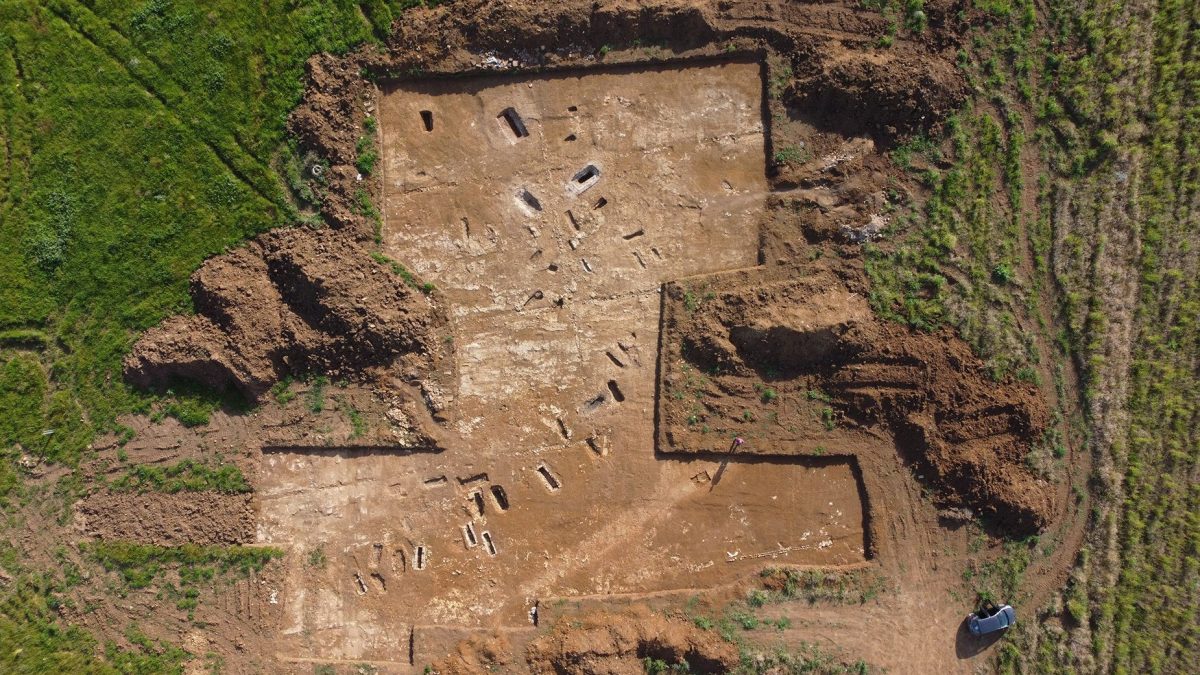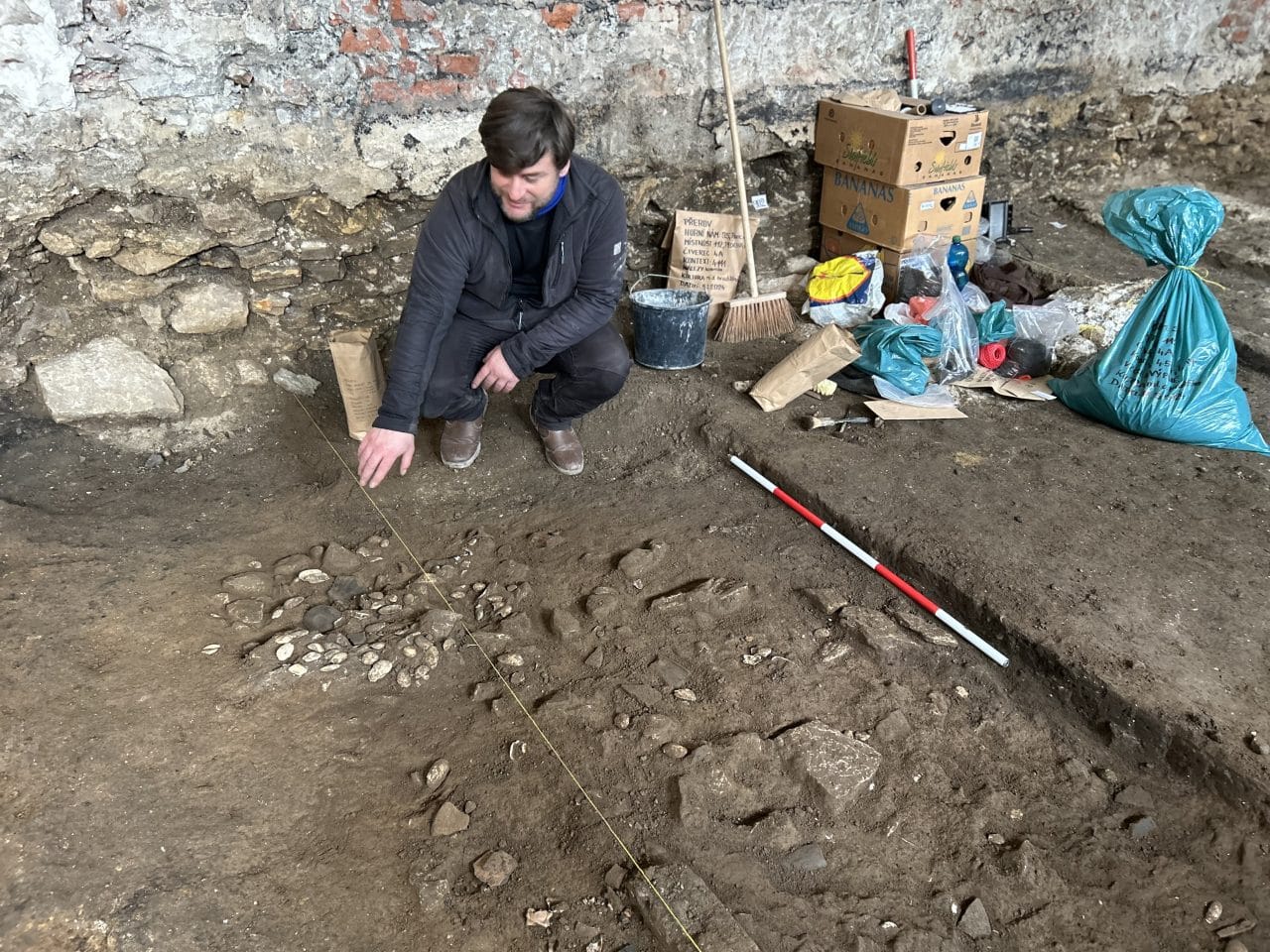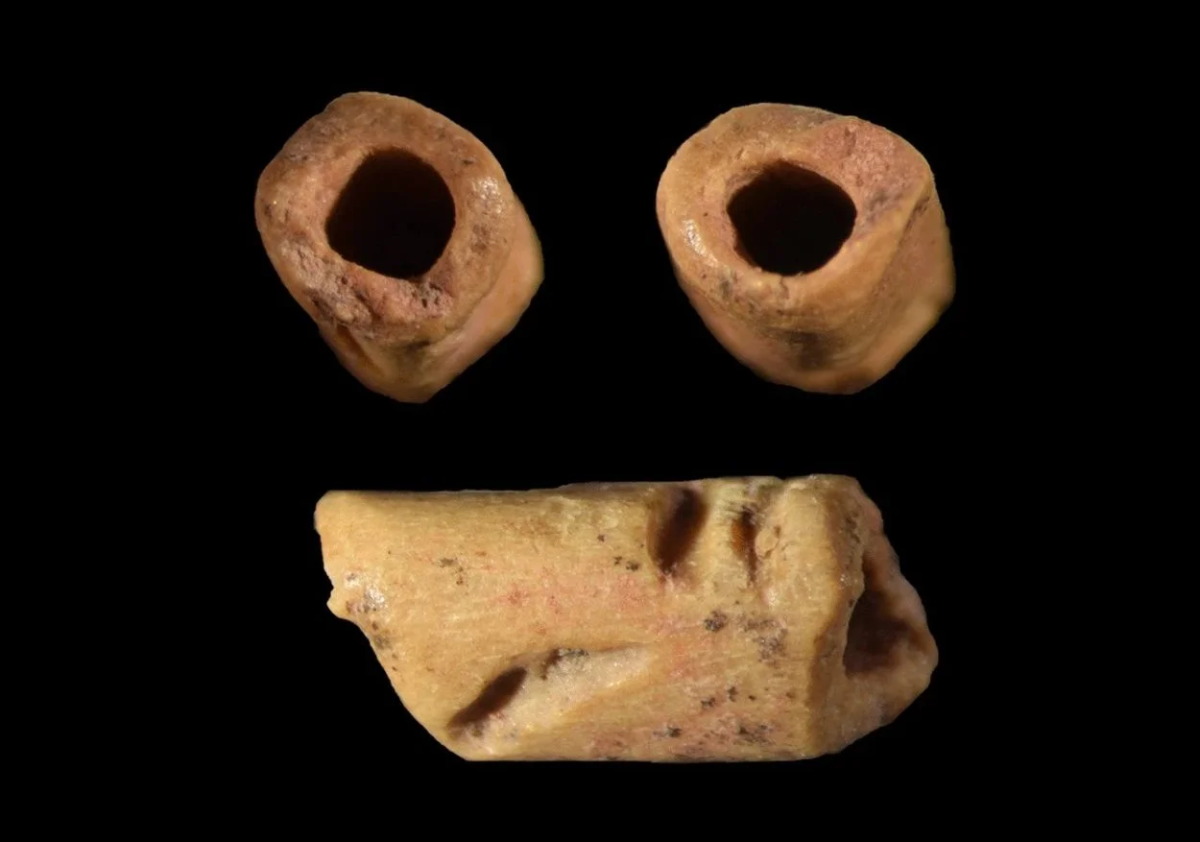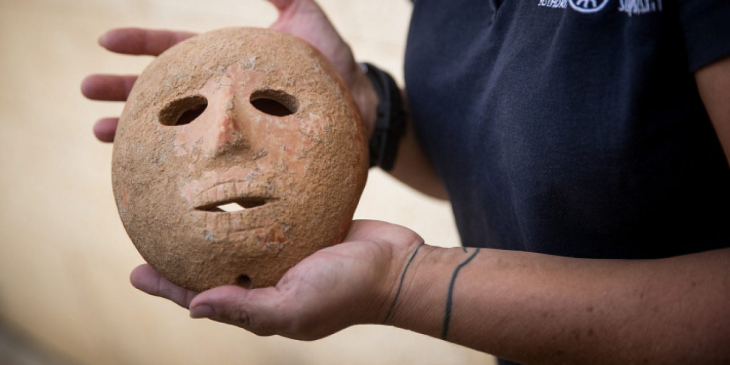An important submerged Roman building has been uncovered on the coastline of Campo di Mare on Italy’s west coast.
The 50-meter-diameter circular Roman structure discovered underwater was connected to a Cipollino marble column with an Ionic capital in 2021.
Initial investigations by experts suggest that the extent and complexity of the structure could be a sea pavilion belonging to a Roman villa that has yet to be uncovered.
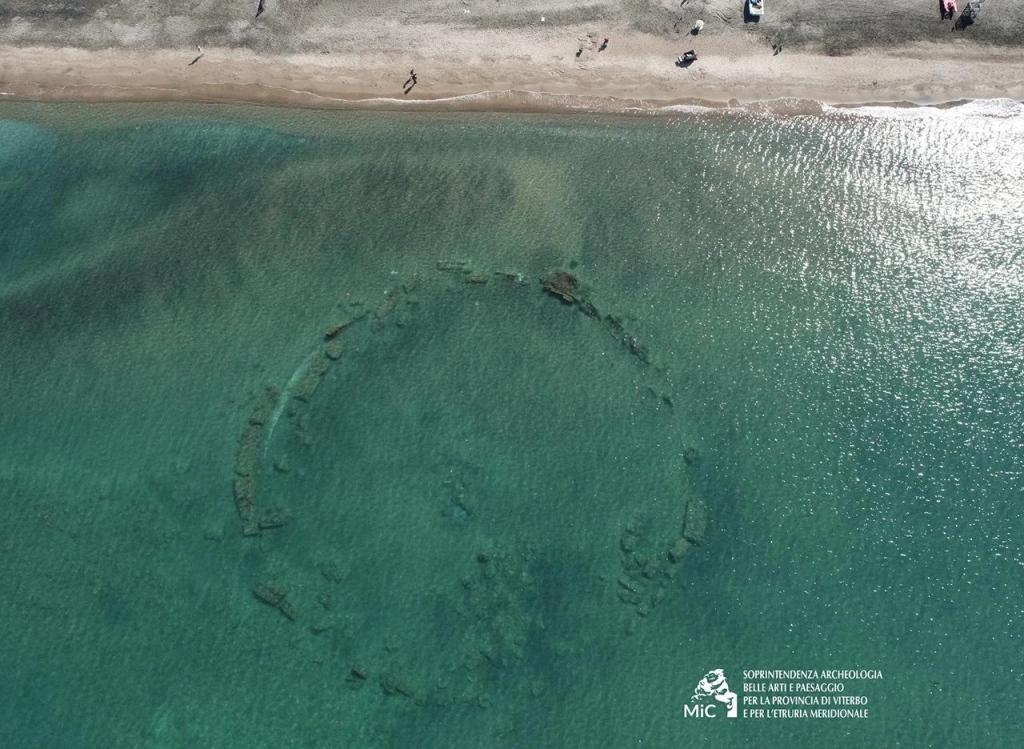
Located in Campo di Mare, this ancient site offers a fascinating glimpse into the luxurious lifestyles of the Roman aristocracy and the advanced construction techniques of the time.
According to Arkeonews, the Roman pavilion has a belt of double brick walls separated by about three meters and built on a layer of clay. This clay foundation preserved the wooden formwork and numerous foundation posts.
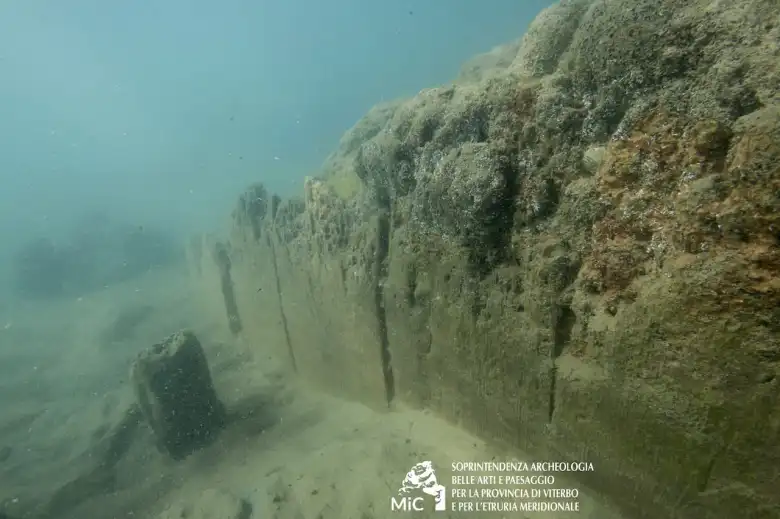
Photo: Soprintendenza Archeologia Belle Arti Paesaggio Etruria Meridionale
The walls, notable for their thickness, are built with a double layer of triangular bricks containing gravel and mortar, connected by two-foot bricks. This construction method reflects advanced engineering and resilience to the harsh marine environment.
The structure retains opus signinum coatings and opus spicatum coatings. Opus signinum was primarily used for its waterproofing properties in structures such as baths, aqueducts and cisterns. In the center, pieces of opus sectile flooring were found, indicating the opulence and elegance of the structure. Opus sectile is a decorative technique that uses cut and inlaid materials to create intricate designs often found in luxurious settings.
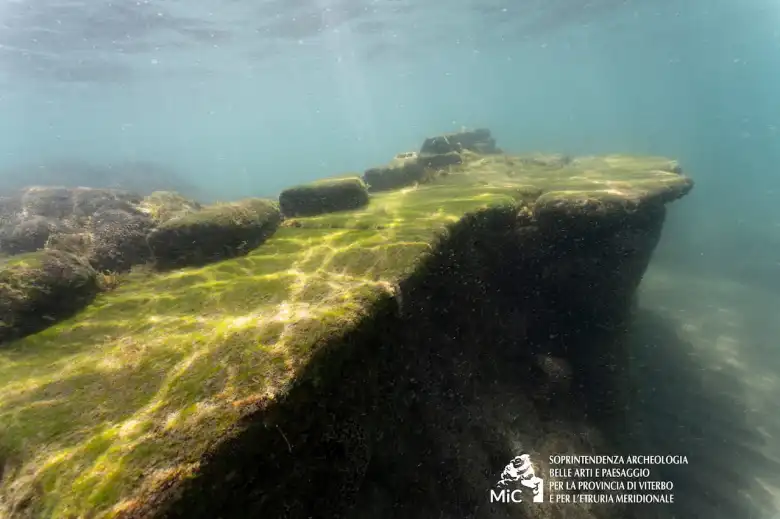
Photo: Soprintendenza Archeologia Belle Arti Paesaggio Etruria Meridionale
A press release from the Soprintendenza Archeologia Belle Arti Paesaggio Etruria Meridionale states that the architectural features of the mansion emphasize its importance in relation to Roman villa architecture. The widespread use of opus sectile and opus signinum and the presence of opus spicatum demonstrate the sophisticated construction methods and aesthetic sensibilities of the time.
The Underwater Archaeology Service of the Superintendency carried out the project, with support from the company CSR Restauro Beni Culturali for the cleaning and restoration of the structures.
Cover Photo: Soprintendenza Archeologia Belle Arti Paesaggio Etruria Meridionale







